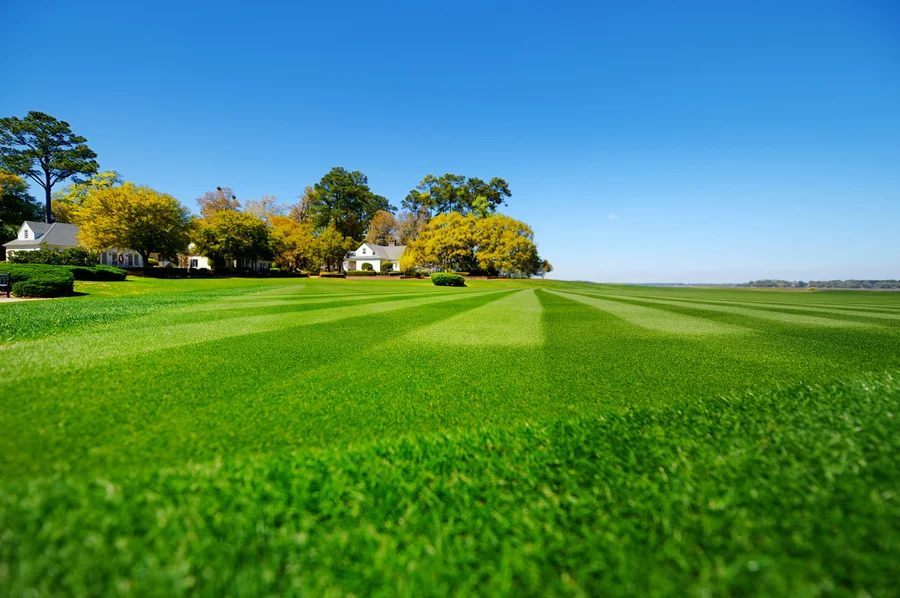Understanding the Need for Proper Lawn Maintenance
A healthy lawn requires more than just regular mowing. To keep your grass lush and green, it’s crucial to include aeration and fertilization in your maintenance routine. These practices help improve soil health, allowing nutrients and water to penetrate better. As a result, your lawn becomes more resilient against pests and diseases. In this guide, we’ll explore the benefits of aeration and fertilization, address common challenges, and provide expert tips for maintaining a vibrant lawn.

Benefits of Aeration
Aeration is essential for improving soil compaction. Compacted soil restricts the flow of air, water, and nutrients to the roots. By perforating the soil with small holes, aeration helps alleviate compaction. This process allows roots to grow deeper and establish a stronger foundation. You may notice greener grass and fewer brown patches as your lawn absorbs nutrients more effectively.
Advantages of Fertilization
Fertilizing your lawn supplies it with essential nutrients like nitrogen, phosphorus, and potassium. These nutrients are vital for promoting healthy growth. A well-fertilized lawn can recover from stress quicker and withstand temperature changes better. When done correctly, fertilization enhances the overall appearance of your lawn, making it look lush and full. At least twice a year, consider using a professional lawn care service to ensure your lawn gets the right nutrients in the correct amounts.

Common Challenges With Lawn Care
Lawn care can present several challenges, including dealing with weeds, bare spots, and uneven growth. Many homeowners struggle with knowing when and how often to aerate and fertilize. Additionally, choosing the right products can be overwhelming. Hiring a reliable lawn care service can simplify this process by providing expert guidance tailored to your lawn’s specific needs.
How to Aerate Your Lawn
Aerating your lawn involves using a tool called an aerator, which removes small plugs of soil from the ground. Here are some steps to follow:
- First, choose the right time; early spring or fall is best.
- Water the lawn lightly before starting to soften the soil.
- Use an aerator, either manual or mechanical, depending on your lawn size.
- Cover the entire area evenly for consistent results.
- After aeration, leave the plugs on the ground to decompose naturally.
Effective Fertilization Tips
Fertilizing your lawn requires careful attention to detail. Here are some tips to maximize its effectiveness:
- Select a fertilizer that matches your grass type.
- Apply during the growing season for optimal nutrient uptake.
- Avoid over-fertilizing as it can harm your lawn and environment.
- Use spreaders for even application and to prevent patchy growth.
Industry Standards for Lawn Care Practices
Staying informed about industry standards ensures you adhere to best practices in lawn care. Regulations often suggest sustainable methods that minimize environmental impact. Using slow-release fertilizers and following recommended aeration schedules can prevent pollution while fostering healthier lawns.
Cost Considerations in Maintaining Your Lawn
The cost of lawn maintenance varies based on factors like lawn size and required treatments. Investing in a professional service offers value through expertise and efficient use of resources. While initial costs might seem high, proper aeration and fertilization lead to long-term savings by reducing damage repair expenses.
Final Recommendations for a Vibrant Lawn
To achieve a thriving lawn, prioritize regular aeration and fertilization. Implement these strategies with confidence and consider reaching out for professional help if needed. Contact us at (863) 801-0841 for expert advice on maintaining your lawn in Okeechobee, FL. At G&R Greener Lawn and Maintenance Services LLC, we are committed to helping you achieve a beautiful outdoor space that enhances your home’s curb appeal.